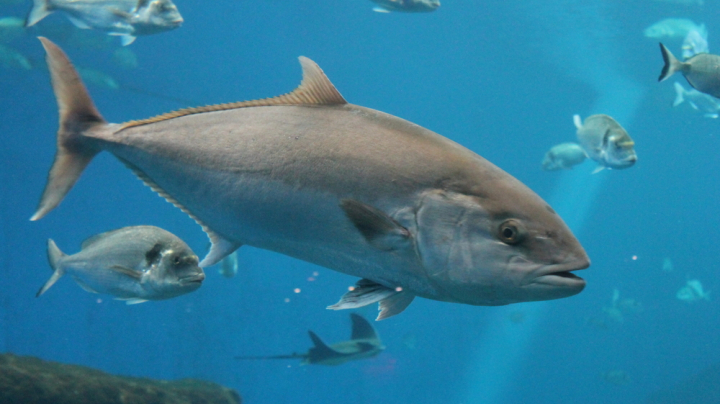
We propose to electronic tag up to 10 Atlantic bluefin tuna in the waters off Spain. Electronic tagging of Atlantic bluefin tuna has emerged as a powerful tool to reduce uncertainty in scientific knowledge about their population structure and seasonal distributions. Data obtained from electronic tags has the potential to improve modeling of key parameters of life history traits related to maturation, spawning, and natural mortality as well as movements, and habitat utilization. Population models rely on biological assumptions, and reducing the uncertainty in these assumptions with electronic tag data is vital to improving stock assessment models. Despite the rapid advances in knowledge on Atlantic bluefin tuna, key questions remain about the level of population mixing from eastern Mediterranean spawning grounds to the western Atlantic, spawning ground dynamics, spawning habitat environmental preferences, and the number of independent spawning populations in the Mediterranean Sea. Furthermore spatial movements and mixing vary with ontogeny of each Atlantic bluefin tuna population and need to be accounted for in models. We propose to use electronic tagging techniques to study the eastern bluefin tuna population that spawns in the western Mediterranean Sea off the Spanish coast near Barcelona. This mature group of fish may provide the opportunity to obtain one year tracks that provide key information on spawning ground locations that would lead to maximal protection of the remaining spawning biomass. The project will enable Zoo personnel to increase their handling knowledge of Atlantic bluefin tuna and help protect this critical species in waters off the coast. In addition the use of camera tags will enable spectacular underwater video to be obtained that will improve knowledge of spawning ground behaviors in the Mediterranean. Its possible the first ever spawning video will be obtained in the wild. The major objective is to deploy the tags with the funding and matching support from Stanford and the Monterey Bay Aquarium and TAG A Giant fund, will provide additional tag deployment support and salary funds for personnel conducting tagging and data analyses. Our goal is to work together to increase capacity, improve the opportunity for recovery of bluefin populations and to identify critical spawning habitats. The results will enable improving models of how mature bluefin use the Mediterranean foraging an spawning grounds. The Camera tags will provide high resolution information on behaviors.




